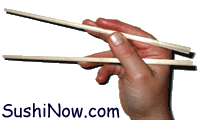 Sushi was born somewhere around inland china, and was very different than it is now. There was no raw fish at that point and not even seaweed. The prototype for sushi was actually a pressed block of rice with some kind of flavorful ingredients inside, usually something like the Korean Kim Chi. The pressed rice sushi contained different meats, fish and vegetables and was slightly dried in the sun so the outside had a crunchy texture and the inside was soft and tasty. At this point, from about 300 BC, sushi was a utilitarian way to preserve food and make it portable. The trend caught on as rice cultivation spread over the sea and northward from Southeast Asia, and different cultures made unique additions to the basic recipe and arrangement of what was, for a time, called Funa-zushi. At this point, rice fermentation could take several years, and once coupled with meat or vegetables to become Funa-zushi, the rice was not eaten. As the habit of preserving meat and vegetables in this way caught on throughout Asia, people began to shorten the fermentation period and press the blocks of rice under stones to help speed the process. Eventually, cooked rice was used to stuff fish cavities as a preservative; around this time, people started to eat the rice along with the fish. Sushi was born somewhere around inland china, and was very different than it is now. There was no raw fish at that point and not even seaweed. The prototype for sushi was actually a pressed block of rice with some kind of flavorful ingredients inside, usually something like the Korean Kim Chi. The pressed rice sushi contained different meats, fish and vegetables and was slightly dried in the sun so the outside had a crunchy texture and the inside was soft and tasty. At this point, from about 300 BC, sushi was a utilitarian way to preserve food and make it portable. The trend caught on as rice cultivation spread over the sea and northward from Southeast Asia, and different cultures made unique additions to the basic recipe and arrangement of what was, for a time, called Funa-zushi. At this point, rice fermentation could take several years, and once coupled with meat or vegetables to become Funa-zushi, the rice was not eaten. As the habit of preserving meat and vegetables in this way caught on throughout Asia, people began to shorten the fermentation period and press the blocks of rice under stones to help speed the process. Eventually, cooked rice was used to stuff fish cavities as a preservative; around this time, people started to eat the rice along with the fish.
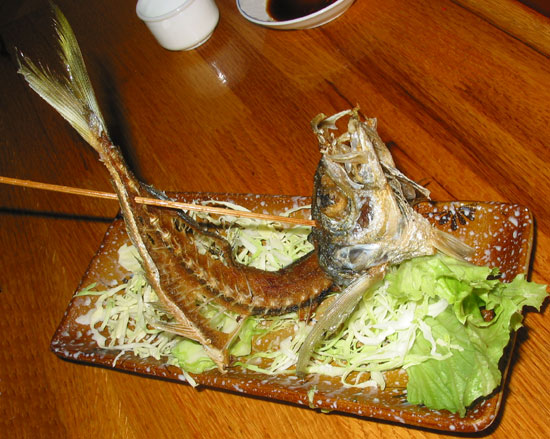
As the popularity of sushi hit the coast, it saw the introduction of seaweed (Nori) and types of pickled fish. Once this traveling food made its way to Japan, raw fish was included into the mix, and rice vinegar was added to bypass the rice fermentation process. This clever innovation made it possible to prepare Saba-zushi in only one day. Something else happened in Japan, too; Sushi became an art form. It was no longer a quick "grab & go", purely functional traveling food; it was a way to celebrate the beauty of food and simple ingredients. The Japanese changed the format of sushi in order to bring the simple combinations of everyday food to another level. This is where modern sushi gained its artistic image, with beautiful dishes, colorful arrangements and the peaceful atmosphere of a Japanese restaurant.
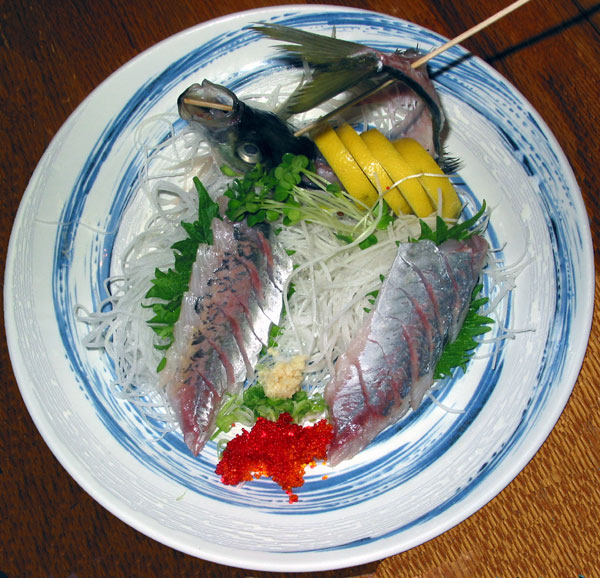
Sushi has evolved here in the United States. Sushi has come into its own style and culture here, and in some places it’s almost considered as American as apple pie. Crazy combinations of ingredients can be found inside sushi rolls, with bizarre names like the Caterpillar roll, Spider roll and Surf’s Up roll. But beyond the crazy names and ingredients, the style of sushi has changed. American sushi has taken on a decidedly western technique when it comes to sushi creation, adding area-specific ingredients and changing the shape, size and presentation format laid out by Japanese inventors.
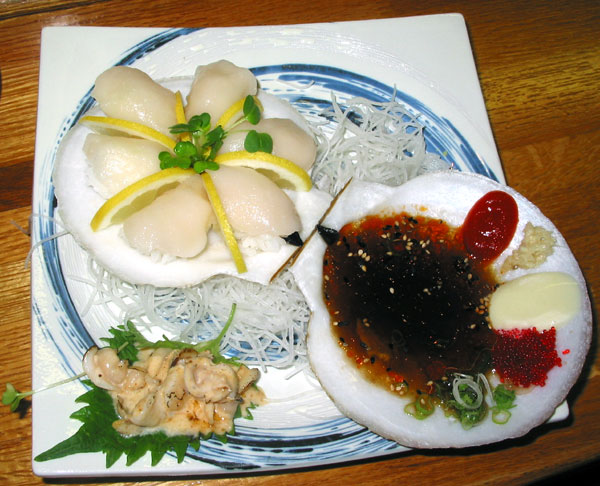
American sushi is LARGER in general. The individual pieces are usually too big to eat in one bite, and the sushi rice is a little sweeter. In the same way that other cuisines are altered in the United States, more emphasis is put on the quantity of sushi and less on quality and eye appeal. The world-famous American sweet tooth is catered to with a sweeter rice dressing and meal proportions have expanded to rival meals available at other restaurants. The traditional Japanese reverence for good quality food in small portions has dissipated in America, with sushi bars deferring to the American-sized appetite and attraction to colorful food in big portions. The difference is unperceivable to the untrained diner, but an American and a Japanese sushi bar are two very different things.
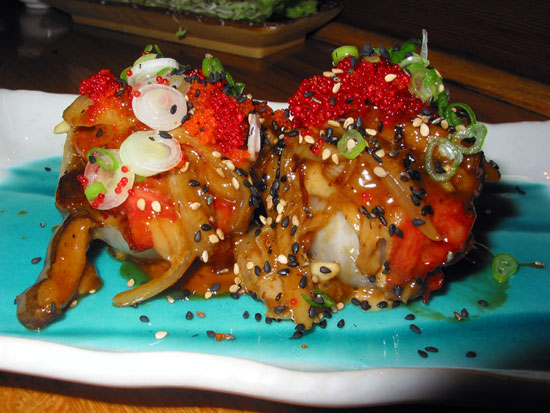
But change is not always bad. Strangely enough, this evolved sushi has traveled back to Japan to become trendy American Sushi. There are sushi bars that cater specifically to the American Sushi craze, complete with loud rock and roll music and Sake Bombs (Large beer with shot of Sake {Rice Wine} inside). These bars focus on the elements of sushi that attracted the American diners to begin with: bright colors and interesting flavors. This sort of sushi reflects what traditional Japanese diners would consider very outlandish ingredient combinations, and bars add to the atmosphere with American furnishings and color schemes. These are great for traveling Americans and for the many Japanese who want to experience what has become ‘foreign food’.
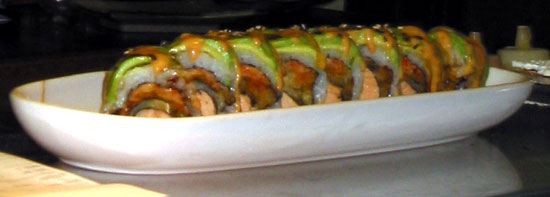
Sushi is a trend that will not go away anytime soon. Even though this popular food has its roots in the Southeast Asia of hundreds of years ago, sushi is still evolving in many parts of the world today. Whether you are looking for a healthy alternative, enjoy Asian cuisine or just like to experience different styles of food, Sushi has proven to be the answer for many Americans. With its low fat, healthy character and delicious taste sushi really is the food of the future – even though it’s been around for more than a thousand years! Sushi has come a long way from the three-year fermented rice with meat that it was originally, and it will likely keep metamorphosing for years to come. Sometimes you just can’t beat the simple things!
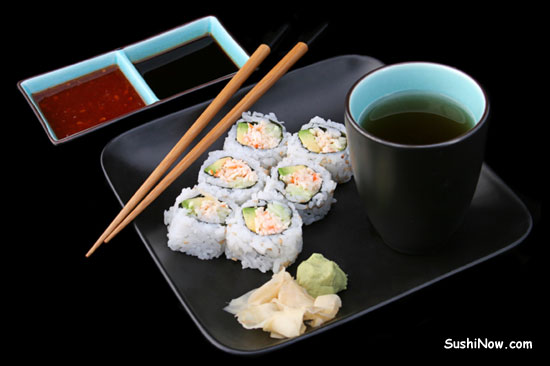
|
